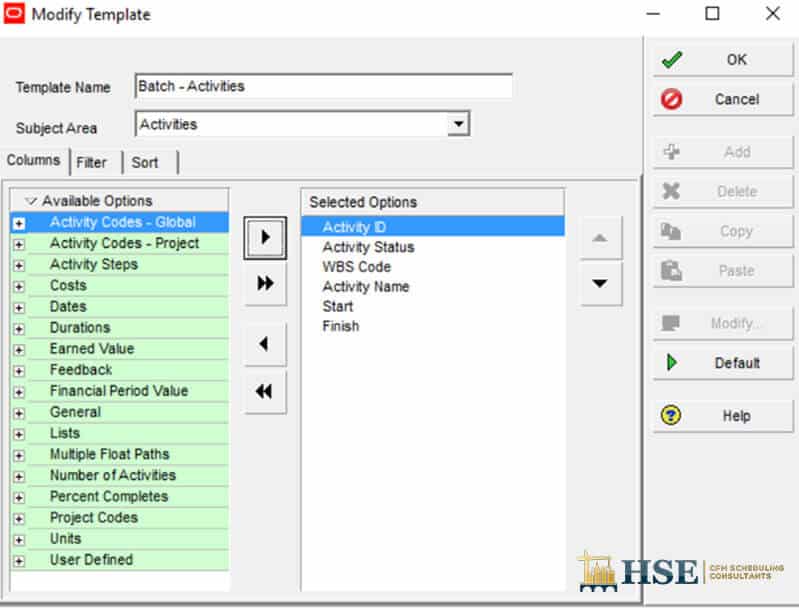

The chart may be previewed by clicking on a single button on the toolbar and pictures, text, milestones and notes added on this screen.Ī fully comprehensive, context sensitive, help system is included, which may be called up at any time.ĭata may be imported into ChainLink’s simple spreadsheet format either by means of the clipboard or by using the built-in conversion utilities for interim files such as Microsoft Project Exchange (MPX), Primavera P3 Export (PRN) or Primavera P4/5/6 Export (XER) files. Key/Legend, Label, User Defined Bars and Calendar data can be transferred from other projects. Toolbars, Popup Menus and Colour Palettes are available to assist with data entry, editing formatting, manipulation and the selection of Line styles, Bar styles and Colours. In addition, data can be imported directly from an interim file such as a Microsoft Project Exchange (MPX) file, a Primavera P3(PRN) file or a Primavera P4/5/6(XER) file.ĬhainLink has been designed for ease of use all data is entered or edited on a spreadsheet, a format familiar to most computer users. Providing your existing system runs under Microsoft Windows 2000 or above and has the capability of copying the activity data and timings to the Clipboard, usually by means of the Cut or Copy commands, then ChainLink can handle the rest, producing a variety of Time Location Charts on any printer or plotter. This is a long, laborious, time consuming process and, just as the last line or annotation has been drawn, along comes the Project Manager with new ideas or information which requires changes to the programme.ĬhainLink resolves this problem, Time Location Charts can be produced in minutes using manually entered data or the data from your existing Project Management system.

Until recently, the only way to produce Time Location charts was by hand, either with pen and paper, or by using a CAD system.


 0 kommentar(er)
0 kommentar(er)
